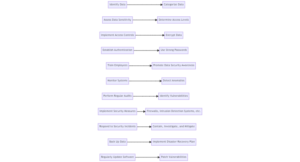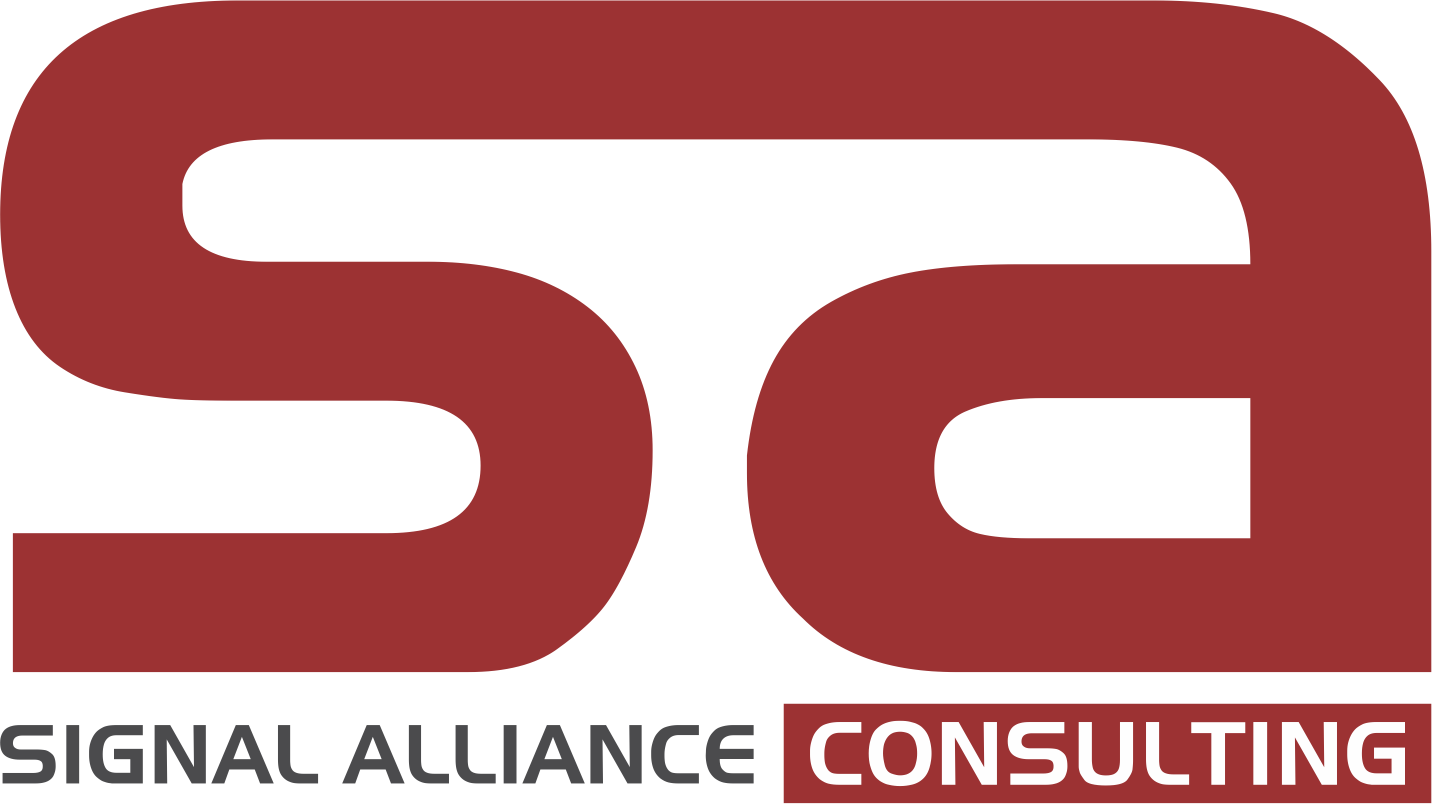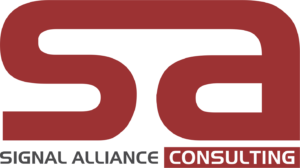In today’s digital transformation landscape, organizations, regardless of their size or industry, are confronted with significant risks to their invaluable data. The protection of organizational data is paramount for ensuring business continuity, safeguarding sensitive information, and nurturing customer trust.
At Signa Alliance Consulting, We explored ten indispensable approaches to shield organizational data effectively, establishing a robust security posture.
Implement Strong Access Controls
To uphold data security, it is essential to grant access to organizational data solely on a need-to-know basis. Strengthen the authentication process by implementing robust mechanisms like multi-factor authentication (MFA) to prevent unauthorized access.
Regularly review and update user permissions to align with evolving roles and responsibilities.
Encrypt Data
Protect sensitive information both at rest and in transit by implementing robust data encryption techniques. Encryption ensures that even if data is compromised, it remains unreadable and unusable to unauthorized individuals. Utilize strong encryption algorithms and adhere to secure key management practices.
Keep Software and Systems Up to Date for Data Security
Maintaining up-to-date software applications, operating systems, and firmware is crucial. Outdated software can contain vulnerabilities that attackers can exploit to gain unauthorized access to organizational data.
Regularly applying security patches and updates help mitigate these risks.
Utilize Firewalls and Intrusion Detection Systems
Deploy firewalls and intrusion detection systems to monitor and control network traffic effectively.
Firewalls act as barriers between internal networks and the internet, while intrusion detection systems identify and alert individuals to suspicious activities or attempts to breach the network.

Implement Data Backup and Recovery Strategies
Ensure regular backups of organizational data, securely storing them both on-premises and offsite.
Periodically test the restoration process to verify successful data recovery in the event of data loss or a security incident.
Train Employees on Data Security Best Practices
Educate employees about security best practices, including robust password management, recognizing phishing attempts, and avoiding suspicious email attachments or links.
Conduct regular security awareness training sessions to reinforce these practices and keep employees informed about emerging threats.
Enforce Mobile Device Security
Establish policies and procedures to secure mobile devices used within the organization. Require employees to utilize strong passwords or employ biometric authentication methods.
Encourage the encryption of device storage and enable remote wipe capabilities in case of loss or theft.
Employ Data Loss Prevention (DLP) Solutions
Implement data loss prevention (DLP) solutions that monitor, detect, and prevent unauthorized transfers or leaks of sensitive data.
DLP tools can identify and block attempts to transmit sensitive information outside the organization, enforcing encryption and other security measures.
Regularly Conduct Data Security Audits and Assessments
Perform frequent security audits and assessments to identify vulnerabilities and potential weaknesses in the organization’s security infrastructure.
This includes conducting penetration tests, vulnerability scans, and risk assessments to proactively address any gaps in data protection.
Establish an Incident Response Plan
Develop a well-defined incident response plan to guide the organization’s actions in the event of a security incident or data breach.
This plan should outline the necessary steps, define roles and responsibilities, establish communication protocols, and detail procedures for containing and mitigating the incident effectively.
Conclusion:
Digital transformation is very necessary In today’s data-driven business landscape, safeguarding organizational data holds paramount importance.
By implementing these ten essential measures, organizations can establish a robust security posture to protect their valuable data from potential threats.
Protecting data necessitates a comprehensive approach encompassing technical controls, employee education, and proactive security measures. By prioritizing data protection, organizations can minimize the risk of data






